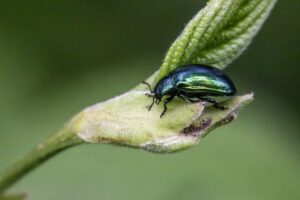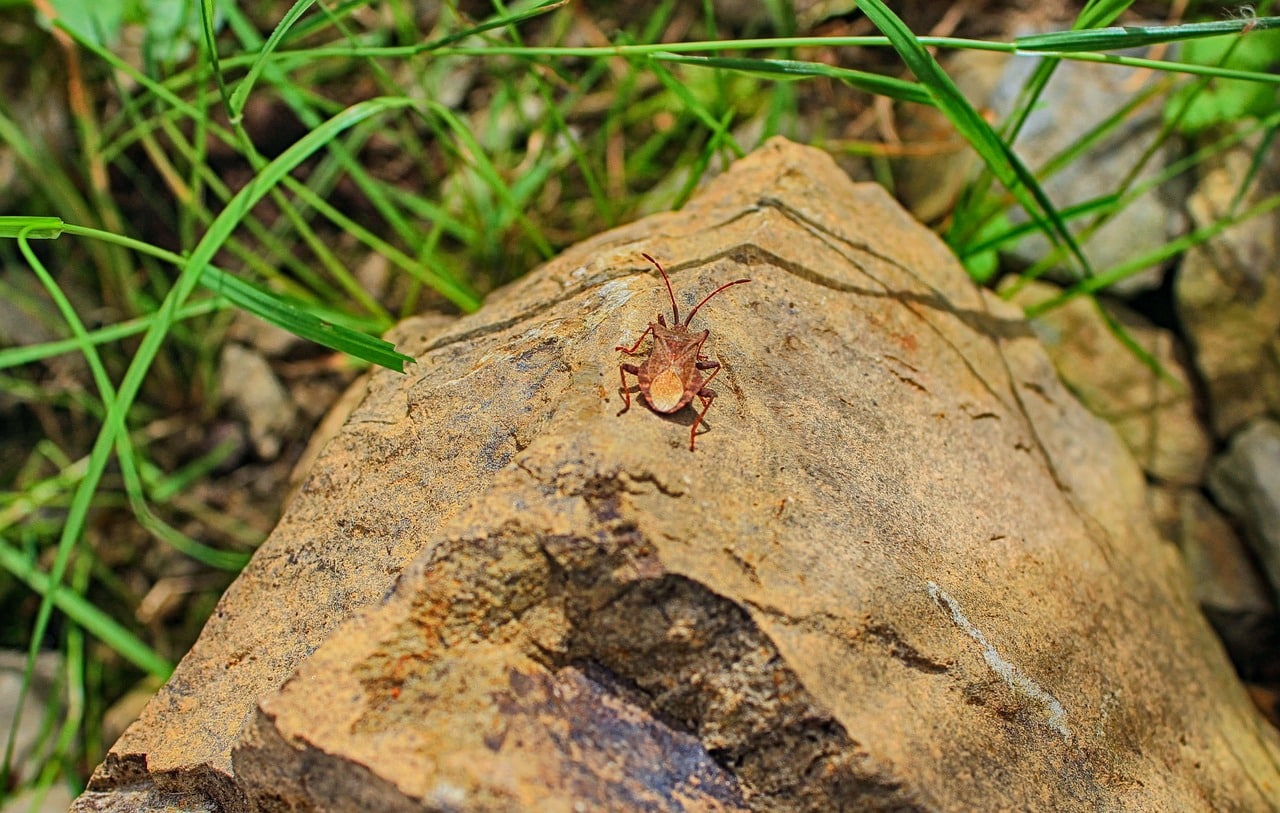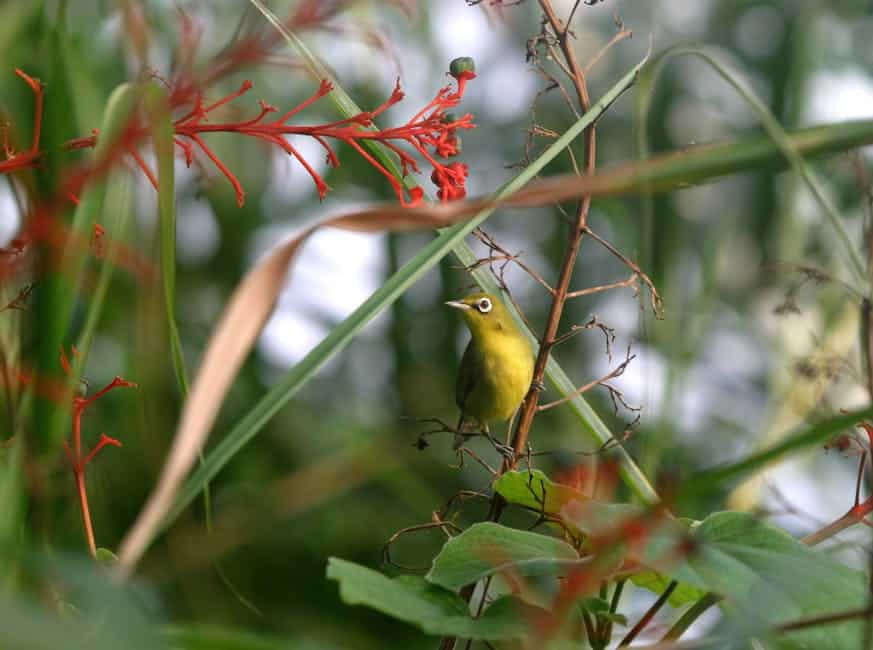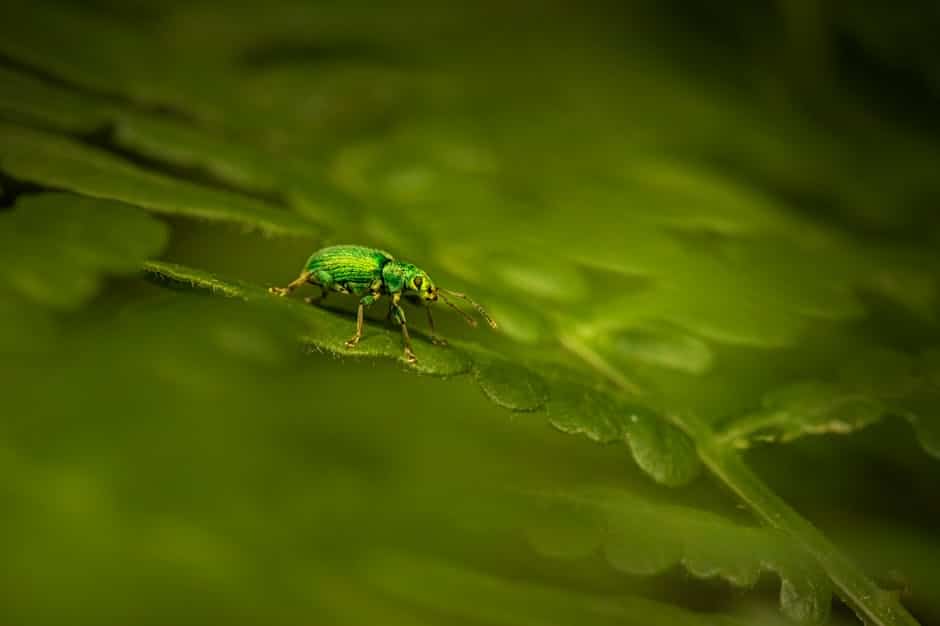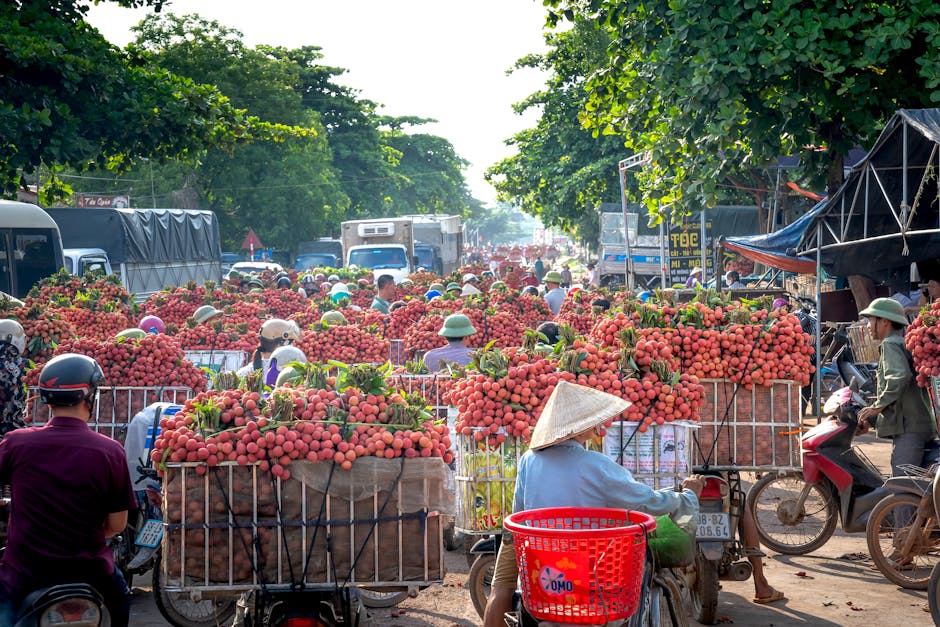What is Integrated Pest Management (IPM)?
Integrated Pest Management (IPM) is a comprehensive approach to pest control that emphasizes the use of a variety of management strategies to minimize the impact of pests while protecting human health and the environment. This method combines biological, cultural, physical, and chemical tools in a way that reduces reliance on chemical pesticides, promoting a more sustainable and eco-friendly approach to pest management. IPM aims not only to control pest populations but also to prevent their occurrence in the first place.
Key Principles of IPM:
- Monitoring and Identification: Regularly assessing pest populations and accurately identifying them is crucial in making informed management decisions.
- Prevention: Implementing practices such as crop rotation, sanitation, and habitat modification to deter pests before they become a problem.
- Control Methods: Utilizing a combination of biological control (natural predators), mechanical control (traps, barriers), and chemical control (pesticides used judiciously) to manage pest populations effectively.
- Evaluation: Continuously assessing the effectiveness of the chosen management strategies and making adjustments as necessary to improve outcomes.
IPM is applicable across various settings, including agricultural, urban, and natural environments. By integrating multiple tactics, IPM aims to achieve long-term pest management solutions while minimizing risks to human health and the ecosystem. The approach encourages the use of environmentally safe practices and is adaptable to the specific needs of different environments, making it a versatile option for pest control.
Furthermore, education and stakeholder involvement play significant roles in the success of IPM programs. Farmers, gardeners, and property managers are encouraged to share knowledge and collaborate on pest management strategies that benefit their communities. By fostering a deeper understanding of pest dynamics and their interactions with the environment, IPM empowers individuals to make informed decisions that lead to healthier and more sustainable pest management practices.
Key Principles of Integrated Pest Management (IPM)
Integrated Pest Management (IPM) is a holistic approach that combines various management strategies to control pest populations effectively while minimizing risks to human health and the environment. The key principles of IPM are essential for creating sustainable pest management practices. By understanding these principles, individuals and organizations can adopt more effective and eco-friendly methods for pest control.
1. Prevention
One of the cornerstone principles of IPM is prevention. This involves implementing measures to avoid pest infestations before they occur. Effective prevention strategies include:
- Sanitation: Keeping environments clean and free of debris that can harbor pests.
- Habitat modification: Altering the environment to make it less conducive to pest survival.
- Exclusion: Sealing entry points to prevent pests from entering buildings.
By focusing on prevention, the need for chemical interventions can be significantly reduced, leading to safer and more sustainable pest management practices.
2. Monitoring and Identification
Another critical principle of IPM is the monitoring and accurate identification of pests. Regular monitoring allows for the detection of pest populations before they reach damaging levels. Key components include:
- Regular inspections: Conducting routine checks of plants and structures for signs of pest activity.
- Identifying pests: Understanding the specific types of pests present, which informs the most effective management strategies.
- Threshold levels: Establishing action thresholds that indicate when pest populations require intervention.
By employing these monitoring techniques, pest control efforts can be more targeted and efficient, reducing unnecessary treatments.
3. Control Strategies
Once pests are identified and monitored, IPM employs a variety of control strategies that prioritize non-chemical methods. These strategies may include:
- Cultural controls: Practices such as crop rotation and selecting pest-resistant varieties.
- Biological controls: Utilizing natural predators or parasites to manage pest populations.
- Mechanical controls: Physical methods like traps or barriers to reduce pest access.
When these methods are insufficient, targeted chemical controls may be used as a last resort, ensuring that any pesticide application is done responsibly and with minimal impact on non-target organisms and the environment.
Benefits of Implementing Integrated Pest Management (IPM)
Implementing Integrated Pest Management (IPM) offers a multitude of advantages that contribute to sustainable agricultural practices and environmental health. One of the primary benefits is the reduction of chemical pesticide use. By utilizing a combination of biological, cultural, physical, and chemical tools, IPM minimizes the reliance on synthetic chemicals, thereby decreasing the potential for pesticide resistance and negative impacts on non-target species, including beneficial insects and pollinators.
Cost-effectiveness is another significant benefit of IPM. While the initial investment in training and resources may be higher, the long-term savings can be substantial. By focusing on prevention and monitoring, IPM helps to reduce crop losses and pest damage, leading to increased yields and profitability. Farmers can allocate resources more efficiently, as they can target specific pest problems rather than applying broad-spectrum pesticides indiscriminately.
Additionally, IPM promotes environmental sustainability. By integrating various pest management strategies, it fosters a balanced ecosystem and supports biodiversity. This approach not only helps maintain the health of the soil and water but also contributes to the overall resilience of agricultural systems against pest outbreaks. Furthermore, IPM practices can enhance the quality of food products by minimizing pesticide residues, making them safer for consumers.
Finally, the adoption of IPM can enhance community health and safety. By reducing chemical exposure for farmworkers and nearby residents, IPM practices contribute to a healthier environment. This holistic approach to pest management not only protects human health but also encourages public trust in agricultural practices, promoting a positive image of sustainable farming methods.
Steps to Develop an Effective Integrated Pest Management (IPM) Plan
Developing an effective Integrated Pest Management (IPM) plan requires a systematic approach that integrates multiple strategies to control pests while minimizing risks to human health and the environment. Here are the essential steps to create a successful IPM plan.
1. Assess the Pest Problem
The first step in developing an IPM plan is to conduct a thorough assessment of the pest problem. This involves identifying the specific pests present, understanding their life cycles, and determining the extent of the infestation. To gather accurate information, consider the following:
- Monitoring: Regularly inspect the area for signs of pest activity.
- Identification: Use reliable resources to identify the pest species accurately.
- Threshold Levels: Establish action thresholds to determine when pest populations require intervention.
2. Develop a Management Strategy
Once you have assessed the pest problem, the next step is to develop a comprehensive management strategy. This strategy should include a combination of preventive measures, cultural practices, biological controls, and, if necessary, chemical treatments. Consider these components:
- Preventive Measures: Implement practices that reduce pest attraction and breeding, such as sanitation and habitat modification.
- Cultural Practices: Adjust planting times, crop rotation, and irrigation practices to disrupt pest life cycles.
- Biological Controls: Introduce natural predators or parasites to manage pest populations.
- Chemical Treatments: Use pesticides as a last resort, selecting products that are effective yet least harmful to non-target organisms.
3. Implement and Monitor
After developing your management strategy, it’s time to implement the IPM plan and monitor its effectiveness. Consistent monitoring allows you to evaluate the success of your interventions and make necessary adjustments. Key actions include:
- Record Keeping: Maintain detailed records of pest populations, management actions taken, and outcomes.
- Adjustments: Be prepared to modify your strategies based on monitoring results and changing pest dynamics.
- Education: Train staff or stakeholders involved in pest management to ensure everyone understands the IPM approach.
By following these steps, you can create an effective IPM plan tailored to your specific pest management needs, promoting sustainable practices while safeguarding the environment.
Common Misconceptions About Integrated Pest Management (IPM)
Integrated Pest Management (IPM) is often surrounded by misconceptions that can hinder its effective implementation. One prevalent myth is that IPM solely relies on chemical pesticides. In reality, while pesticides may be part of an IPM strategy, the approach emphasizes a balanced use of multiple tactics. These can include cultural, biological, and mechanical controls, making it a holistic approach to pest management that prioritizes environmental health and sustainability.
Another common misconception is that IPM is only suitable for large-scale agricultural operations. Many people believe that small-scale farmers or home gardeners cannot benefit from IPM practices. However, IPM principles are highly adaptable and can be applied in various settings, including residential gardens, urban landscapes, and community gardens. By utilizing IPM strategies, individuals can manage pests effectively while minimizing risks to beneficial organisms and the environment.
Furthermore, some assume that implementing IPM is a complicated and time-consuming process. In truth, IPM encourages regular monitoring and assessment of pest populations, which can lead to more efficient and timely interventions. By understanding pest life cycles and behaviors, practitioners can make informed decisions that save time and resources in the long run. This proactive approach can ultimately reduce the need for emergency pest control measures, which are often more disruptive and costly.
Lastly, there is a belief that IPM guarantees complete pest eradication. While IPM aims to manage pest populations to acceptable levels, it does not promise total elimination. This understanding is crucial, as the goal of IPM is to create a sustainable balance where pests are kept in check without harming beneficial organisms or the ecosystem. By focusing on long-term pest management rather than short-term fixes, IPM fosters a healthier environment for all.






